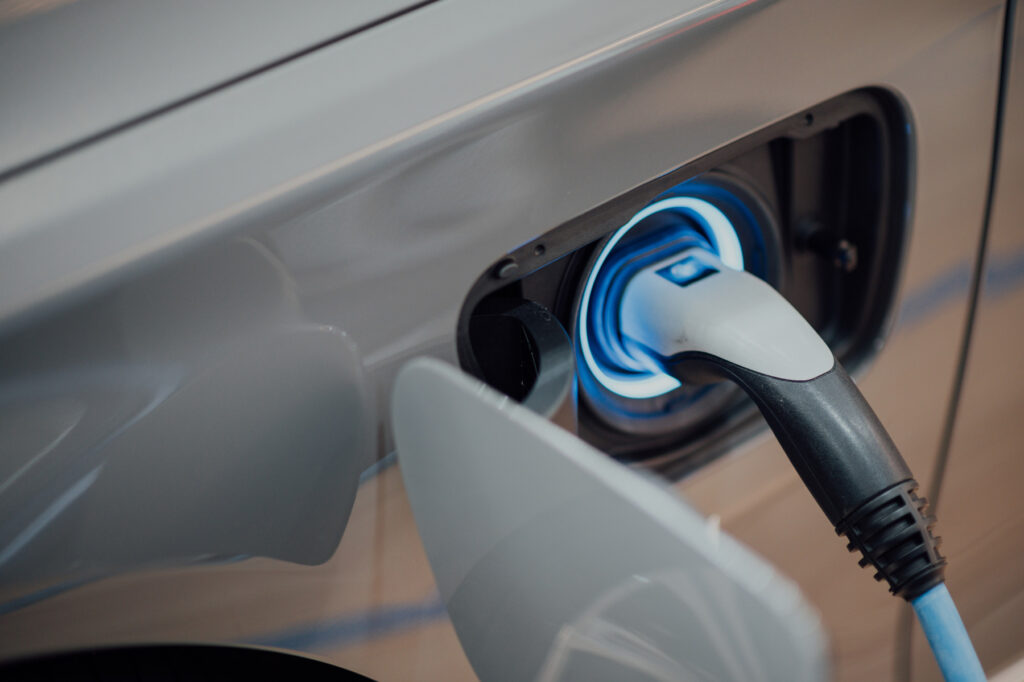
How Australia’s energy system could change in a net zero future
Australia’s energy system will look different in a net zero emissions future.
To play its part in addressing global climate change, Australia will need to rapidly reduce its greenhouse gas emissions – including emissions from its electricity system.
This means the energy system needed to support Australia’s decarbonisation could look very different from the system serving the nation today.
Securing a reliable energy system powered by variable renewable energy could change how electricity is used, stored and governed.
Hold on, step back. What does our electricity system look like at the moment?
Traditionally, Australia’s electricity system has been talked about in terms of ‘baseload’ and ‘dispatchable’ power.
A baseload power plant provides a consistent electricity supply and cannot quickly ramp up or down its supply.
Typically, baseload power plants are coal-fired generators.
But electricity demand fluctuates throughout the day.
To respond to these fluctuations, dispatchable generation – which can be quickly turned up or down – is used to ensure a stable, reliable electricity system.
Dispatchable generation includes peaking power plants (typically gas turbines) or energy storage.
OK. So what might need to change?
As Australia adds more renewable energy to the grid to replace coal and gas, the country will need to increase its energy storage capacity.
This is because most renewable electricity supply fluctuates not only between night and day but also hourly, depending on the weather.
Short-term storage (from just minutes to a few hours) and long-term storage (days) are needed – and a lot of it, too.
Australia could require around 70,000 megawatts of storage capacity by 2050, according to Climateworks Centre’s modelling for the Australian Industry Energy Transitions Initiative, in partnership with CSIRO.
This is a lot.
It’s part of the more-than-doubling of the nation’s total current electricity generation the modelling suggests will be needed to support Australia in reducing its emissions in line with 1.5 degrees Celsius
What is the best way to store electricity?
That depends.
There are various ways to store electricity, some of which may be better suited to different storage durations and types of electricity users.
Perhaps the best-known storage option is lithium-ion battery storage.
Over the past 15 years, the cost of batteries has declined by 90 per cent – one of the fastest cost declines in clean energy.
In 2023, grid battery storage developments grew by 130 per cent to a combined global capacity of 42,000 MW.
Grid-scale batteries are being installed across Australia, with major projects in Victoria, New South Wales and South Australia.
However, not all battery storage needs to be in grid-scale projects.

Electric cars and houses with rooftop solar systems could also act as batteries. This is known as customer-owned storage.
If coordinated correctly, customer-owned storage could help reduce the number of grid-scale battery projects Australia needs to build.
In fact, our modelling shows that customer-owned storage could exceed grid storage by around 60 per cent in 2050.
But making the most of customer-owned storage means providing the right incentives to encourage households to charge or discharge their batteries at given times.
So are batteries the answer to everything?
Lithium-ion batteries work well for short-duration storage ranging from a few minutes to a day.
But for some energy users, other forms of storage may be better suited.
For example, a technology known as ‘thermal storage’ (or sometimes ‘thermal batteries’) could help decarbonise heavy industries such as steelmaking and alumina refining.
Currently, these industries mostly burn coal or gas to produce heat for their high-temperature processes.
As these industries decarbonise, electricity could instead be used to create this heat.
Materials such as salt, sand and bricks hold heat well, making them suitable for long-term storage.
Electricity heats these materials to up to 1,500 degrees Celsius and industrial plants can then use the heat when needed – even days later.
Other types of storage – such as hydrogen, compressed air and gravity storage – are being developed to store electricity for even longer, but these have had limited applications to date.
You mentioned governance. How will that need to change?
Integrating customer-owned storage, batteries, and nascent solutions like hydrogen into Australia’s energy system requires changes to the country’s electricity governance approach.
There are gaps in understanding and planning for how customer-owned storage will operate and what regulatory measures or compensation are needed to maximise the benefits for the grid.
By focusing on energy efficiency and demand management across its sectors, Australia could reduce its electricity use.
Every megawatt of electricity saved equals less infrastructure needed – including less storage – and fewer emissions.
By adopting a governance approach that considers the entire energy system, including the integration of customer-owned storage, demand management and hydrogen, Australia can ensure a decarbonised, reliable and cost-effective electricity network.
Independent not-for-profits Climateworks Centre (operating within Monash University) and Climate-KIC Australia co-convened the Australian Industry ETI in collaboration with the Energy Transitions Commission.
The Australian Industry ETI was developed with the generous support of philanthropic donations, contributions from participant organisations and funding from the Australian Government through the Australian Renewable Energy Agency. It is supported by the Australian Industry Group and the Australian Industry Greenhouse Network, with research partners including BloombergNEF, CSIRO and RMI.
Read more:
Related reports and submissions:
EIN Presswire does not exercise editorial control over third-party content provided, uploaded, published, or distributed by users of EIN Presswire. We are a distributor, not a publisher, of 3rd party content. Such content may contain the views, opinions, statements, offers, and other material of the respective users, suppliers, participants, or authors.

